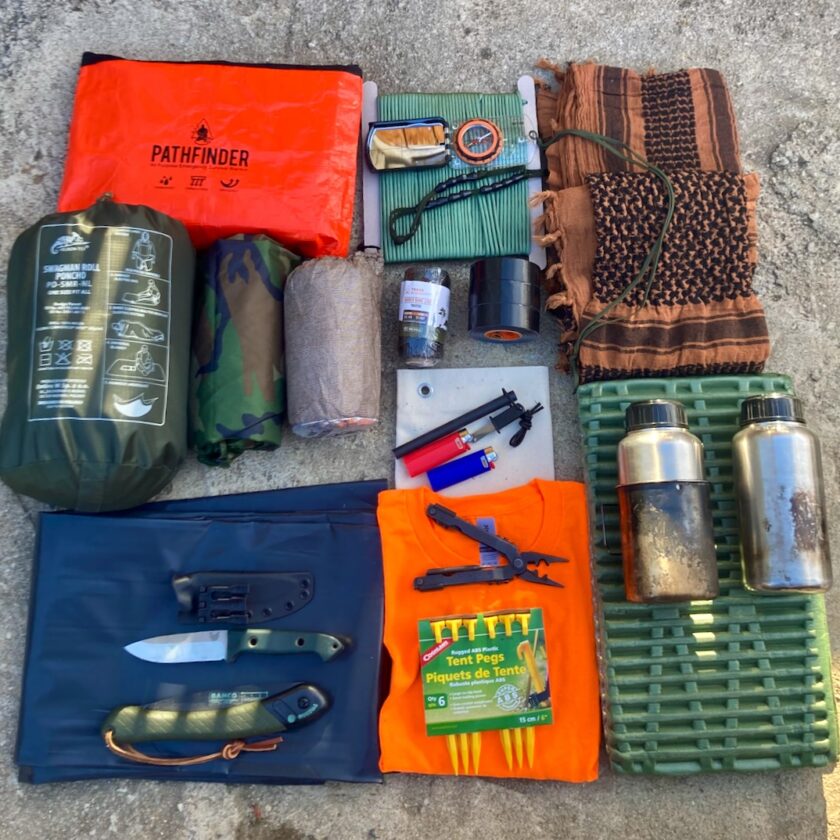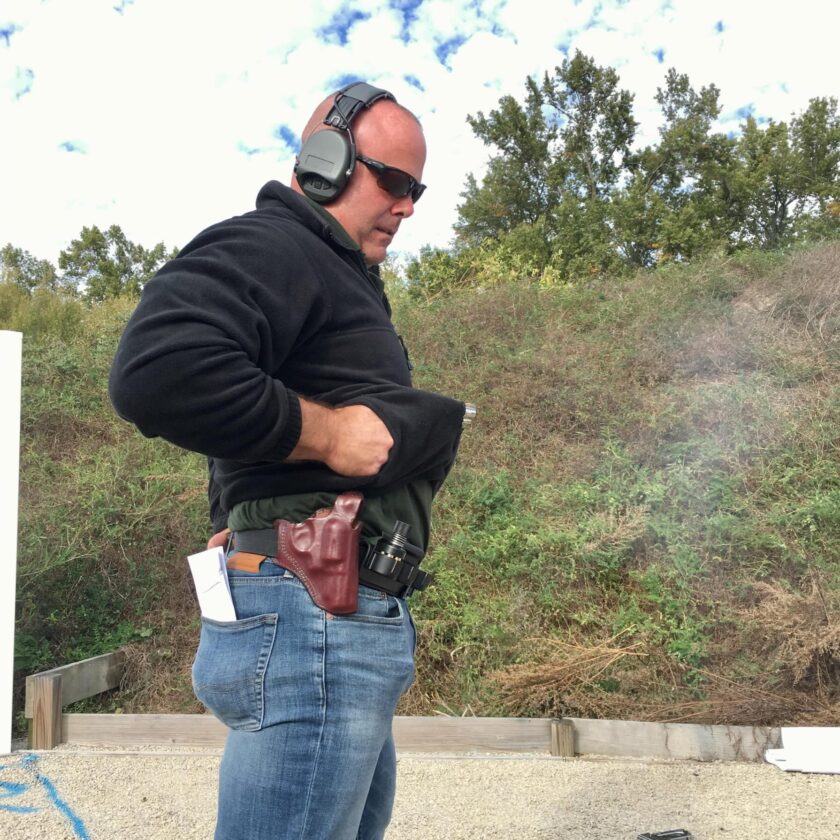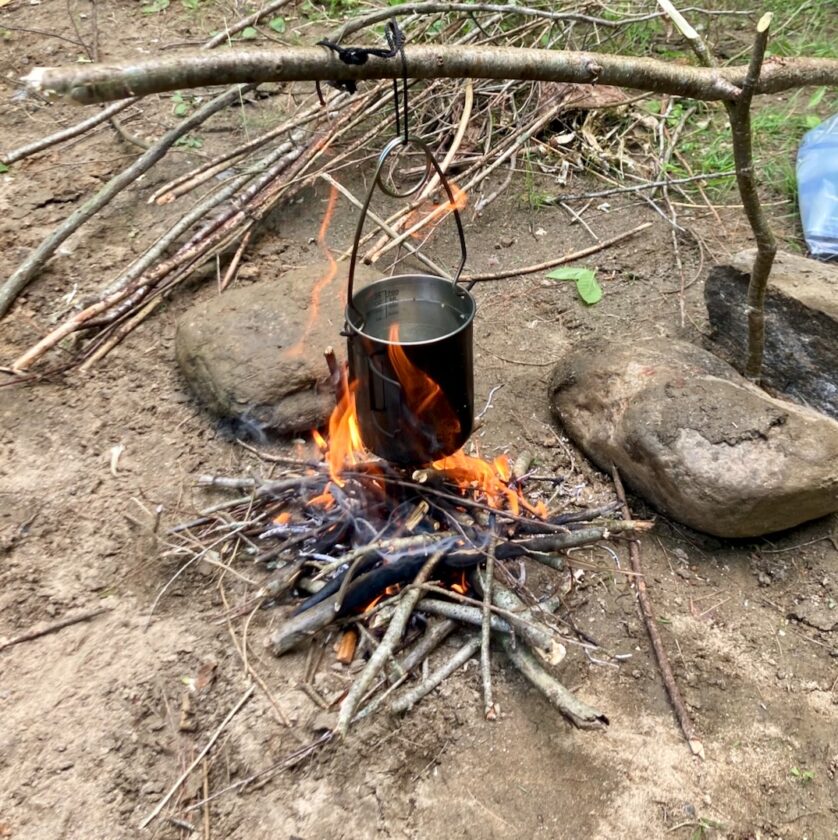I attend a lot of training and get to see a lot of student gear lists. I have some thoughts on these lists for all the instructors out there. The ideas here apply regardless of what you are teaching, from a close-quarters gunfighting course to a photography seminar to a sushi-rolling class. Short story: keep your student gear lists updated, simple, and clear.
This article contains affiliate links. Please consider supporting Swift|Silent|Deadly using our Amazon affiliate link!
Student Gear Lists
I certainly understand that student gear lists are necessary, and I have no problem whatsoever with issuing such lists. In fact I enjoy getting a good gear list – prepping for class is part of the anticipatory enjoyment. Instructors need students to show up with the stuff to learn and practice the techniques demonstrated. Students with improper gear may have trouble learning. They may also slow the rest of the class down. In the worst case, they may be unsafe to themselves or other students.
Some instructors do an outstanding job with their gear lists. Generally, though, I think there is a LOT of room for improvement. Student gear lists generally suffer from one of three problems. Bad student gear lists are:
- outdated,
- excessive, or
- vague.
Let’s look at each one of these problems in a little more depth. When you send out a gear list, expect that students are going to spend time and money fulfilling it. It is very important that it be correct and limited to items that are actually necessary to the class. Respect your students by limiting the amount of time and money they spend accumulating equipment.
Outdated Student Gear Lists
I have attended a couple of courses over the past couple of years with very big gear lists. There is nothing wrong with this if all the equipment is necessary, and in these very technical classes, much of the gear was necessary. I made sure I acquired everything on the list, to the letter. On the first day of these classes there was a “pack dump” and equipment inspection.
I had no worries – I had every last item on the list. I hate being “that guy” who doesn’t have something. The gear inspection was rolling along when we’d get to an item and be told, “don’t worry about that – you won’t need it.” Then I’d be told something like, “oh, we used to use that but we don’t anymore because…”
Recommendation: review your gear list regularly and update as needed! Before each class (at least for your initial half-dozen or so iterations) you should review the gear list. After that you should probably look at it at least annually. Is there an item that is consistently unused (besides first aid gear, of course)? Have you changed curriculum since last time, rendering that one gadget unnecessary? If so, update your gear list!
Excessive Student Gear Lists
Sometimes gear lists are just plain excessive, with instructors asking students to bring everything they might possibly need. A good example of this was a survival course I took last year. One particular item on the gear list cost $20 and was only available through the instructor’s website. Since it was out of stock until a couple weeks before the class I couldn’t order it with all the other items I ordered for the class. So I had to make a separate order, complete with separate shipping. This one item ended up costing me almost $30.

When we got the class the item was never used. It was demonstrated, but we weren’t asked to use it, despite being required to purchase it. There were also several other items like this, where a very specific item was listed on the gear list, but either not needed or a more common, less expensive item would have sufficed.
Recommendation(s): the recommendations for this one are a bit more complex. There are multiple approaches you can take to keep student gear lists manageable.
Provide Certain Gear for Students
Obviously you can’t provide everything for students (depending on what you teach). Many students will want to use their own equipment, and some techniques are destructive and/or use consumables. But in the survival class I’m referencing above, the technique in question didn’t damage said piece of equipment and required no consumables. It would have been very easy for the staff to provide this piece of gear, recover it, and use it for many classes to come. Especially after paying a hefty tuition and purchasing several hundred dollars of other gear for the class.
A perfect example of this was a revolver class I attended with Greg Ellifritz. Rather than put them on the gear list, Greg hit up several thrift stores prior to class to purchase old coats and jackets. These were used to practice shooting through a coat pocket. Costs came out of the tuition cost, so students were not tasked with tracking down an old coat (which probably would have been a confusing ask). This may seem like a small thing but it made such a huge difference it was probably transparent to most students.

Understand when Demonstration is Enough
Sometimes demonstration is sufficient. There are some techniques that students don’t necessarily need to practice. I know my firearms instructors are immediately recoiling at that statement, but consider the survival item I referenced above. The item was a cloth bag meant to filter sediment from water. The technique involves filling it with water…then holding it above a container. I’ve never actually done this technique but have no doubt that I could. Demonstration was perfectly sufficient for this particular task and, in any case is all we got, despite having purchased the appropriate item.
Going this route requires a careful balance. Any technique benefits from hands-on instruction. However, you are already making many compromises. A two-day class doesn’t make anyone an expert or proficient in anything. Obviously hands-on is better, but if it comes at significant monetary cost to the student or consumes a lot of class time better utilized elsewhere, it may be a valid technique.
Embrace the Word “Optional”
Of course you want your students to have the best gear. You probably want them to have the exact gear setup that you have or prefer. Rarely are gear lists written with the bare minimum stuff in mind. As you write your gear list, ask yourself, “are all those items absolutely necessary?” If not, feel free to say some things are “optional,” “recommended,” “preferred,” or “ideal.” If students can get away without something, or with a cheap Chinese knockoff (some knock-offs work pretty well), let them know! Again, save the student time, money, and headaches where you can.
Vague Student Gear Lists
Don’t wait until your student arrives at a class to tell them, “that one won’t work,” or “that’s the wrong one.” Don’t leave your students scratching their heads wondering what you mean when you generically list an item. When the Mountain SAR class I recently attended listed “gloves,” it could have meant medical gloves, climbing/rope gloves, Merino wool glove liners, lightweight warming gloves, heavy-duty insulated Gore-Tex gloves, or all of the above. I didn’t understand what gloves I needed for an alpine environment and had to make a 120-mile round-trip to REI the first night of the class for better gloves.
Recommendation: take the time to make your student gear list specific. Provide direct links to items, or write brief descriptions. Here is an example from a course I attended in 2022. The gear list specified a “metal cup or pot.” Students brought cups that did not meet the needs of the course. I took the liberty of writing a detailed gear list and sending it to the instructors for future courses. Rather than merely saying “metal cup or pot,” here is what the gear list for that course now says:
Metal Cup or Pot: This will be used for boiling water. Ensure the cup is single-walled/non-insulated. A double-walled, insulated cup will not transfer heat to the water. Next, ensure that it has some method of being removed from the fire without burning yourself. Generally, a hanger on the top of the pot is preferred to handles on the side. Finally, while titanium pots/cups will work and are extremely lightweight, they don’t boil water quite as efficiently as stainless steel because they don’t retain heat as well. If you are purchasing this item for the first time, we recommend a single-wall, stainless steel cup that nests with your water bottle and has handles.

Which gear list would you rather get prior to attending this class? It would be a good idea to have someone who is ignorant of your subject review your gear list to find the areas where it is vague, and adjust before sending it to students.
Closing Thoughts
I feel that many gear lists are written as an afterthought, or once written are quickly forgotten and never updated. I’ve just seen way too many that are inaccurate. If you send students a gear list, make sure you review it often and update it as needed. Always be looking for ways to reduce the number of items on your gear list. And to paraphrase, don’t make sure your list can be understood, make sure it can’t be misunderstood!





